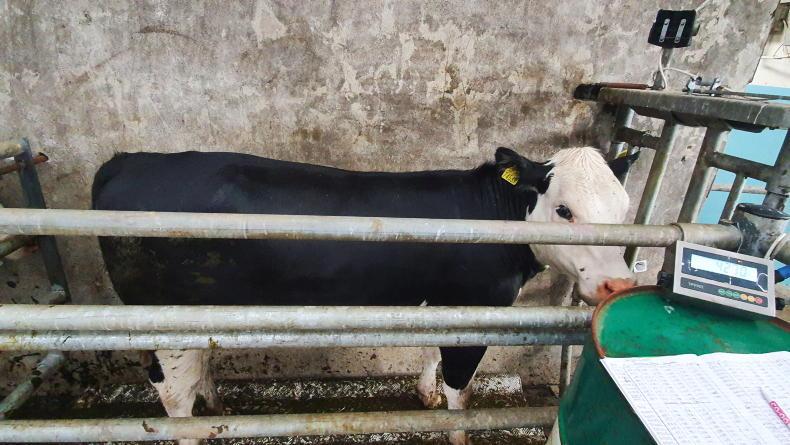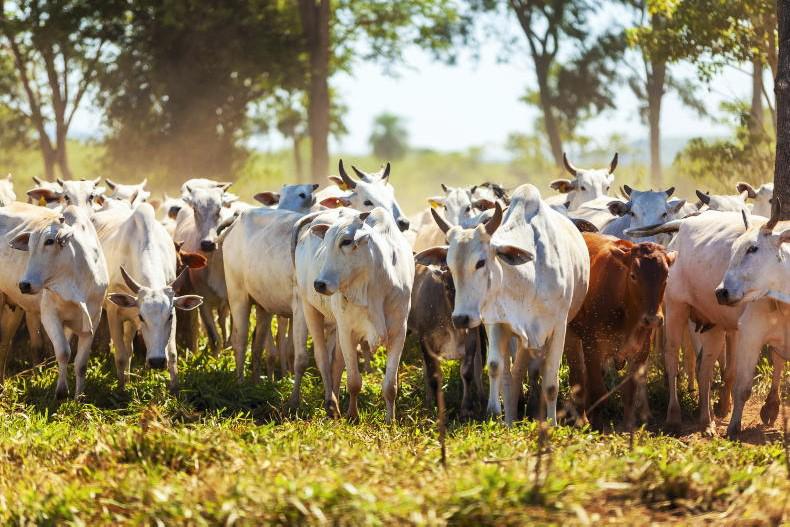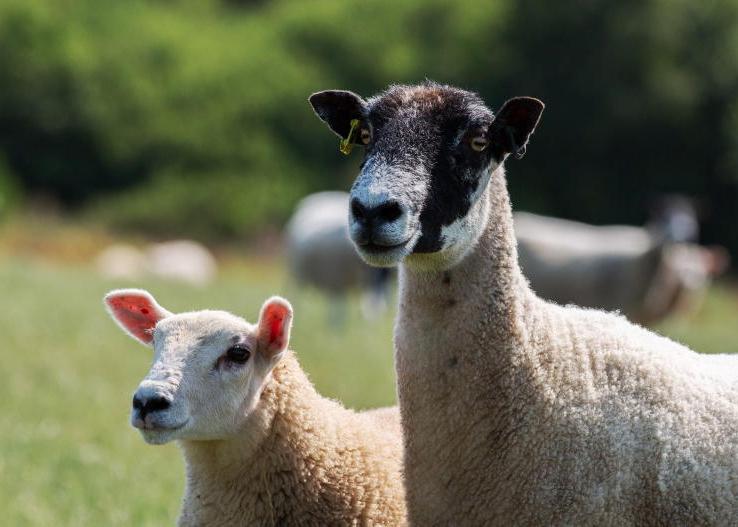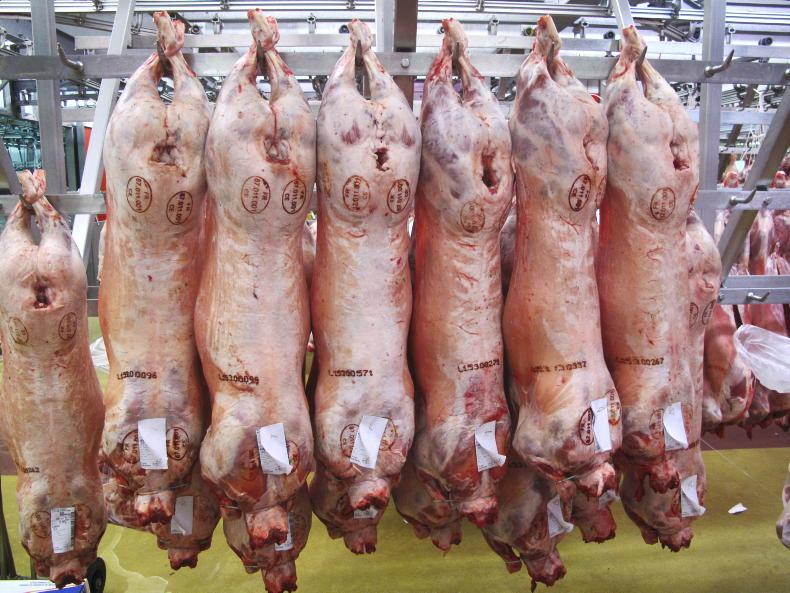Shearing, monitoring of body condition, external parasite control and vaccination for clostridial diseases, such as blackleg, are being considered as actions under the new €8/ewe sheep scheme.
The Irish Farmers Journal understands that the sheep scheme will operate separately from the Sheep Improvement Scheme, and will require farmers to complete two of the above measures to receive the €8/ewe payment.
Minister for Agriculture Charlie McConalogue told the Teagasc lowland sheep conference in Donegal last week that the measures included in the scheme and 2024 beef welfare-type suckler scheme will be “practical and work for farmers over the course of the year ahead”.
Minister McConalogue said that the Department of Agriculture met last week with farm organisations to discuss particular items which will be available in the sheep and suckler schemes.
CAP delivery
The minister told a crowd of approximately 200 farmers in attendance that the new Common Agricultural Policy (CAP) was delivering for the sheep sector.
He highlighted front-loaded payments on the first 30ha as being particularly important to the sheep sector, along with “the strong path towards convergence”.
A five-fold increase in funding for organic farming was also highlighted as a measure that will positively benefit the sheep sector, while the minister also provided a robust defense of Agri-Climate Rural Environment Scheme (ACRES) payment delays.
ACRES
He outlined that applications in Donegal were high, accounting for one-ninth or over 5,000 of total applications.
Many of these were madethrough the co-operation entry route, which the minister says would not have been accepted in tranche one, had he not pushed for all applications to be accepted.
“I was very clear it was much better getting everybody in and getting a payment, maybe in February rather than December, but that was much better than not being in it last year at all – and being potentially on average €5,500 down.”
On TAMS, the minister stated that he expects the number of applications in TAMS tranche two to match, and likely exceed, the 8,000 in tranche one.










SHARING OPTIONS